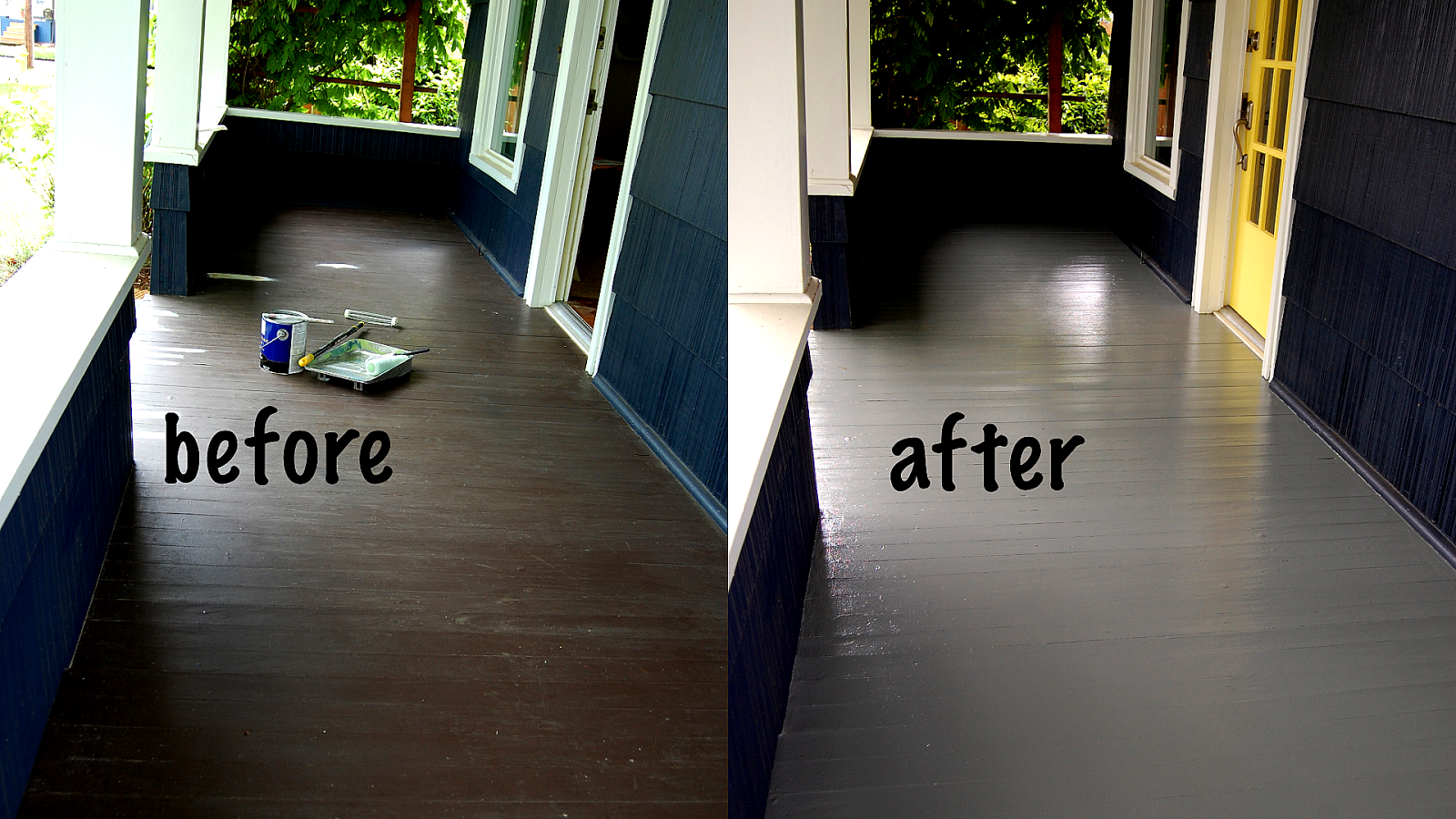Have you ever stared at your bare concrete floor, wondering if you could just use that leftover wall paint to spruce it up? It seems like a simple solution, right? After all, it’s just paint, and concrete is concrete, right? Well, while the idea might seem appealing, the reality is a bit more complicated. Using wall paint on concrete floors can lead to a whole host of problems, from poor adhesion to durability issues. Let’s dive deeper into the complexities of using wall paint on concrete floors and why choosing the right paint is crucial for a successful and long-lasting finish.

Image: paintschoices.blogspot.com
The primary reason why you shouldn’t use wall paint on concrete floors is due to the difference in their composition and intended use. Wall paint, as the name suggests, is designed for vertical surfaces. It’s formulated to be lightweight, breathable, and aesthetically pleasing, while concrete floors are subjected to much more wear and tear. They need a paint that’s robust, resistant to foot traffic, moisture, and potential spills.
Understanding the Differences
Imagine a wall paint like a delicate layer of makeup: it gives a beautiful finish, but isn’t designed for rough handling or heavy-duty use. Now, picture a floor paint as a sturdy coat of armor, capable of withstanding daily battles against dirt, scratches, and even occasional spills.
Key Differences Between Wall Paint and Floor Paint
- Adhesion: Floor paint is designed to adhere strongly to the porous surface of concrete, providing a durable and long-lasting bond. Wall paint, on the other hand, is meant to be less aggressive to avoid damaging delicate walls.
- Durability: Floor paint is formulated to withstand heavy foot traffic, abrasion, and even the occasional dropped object. Wall paint typically has a thinner film and is more susceptible to chipping and cracking under such stress.
- Moisture Resistance: Floor paints are designed to be resistant to moisture, whether from spills, cleaning, or even humidity. Wall paints, while often moisture-resistant, are not always as durable in high-moisture environments.
- Finish: Floor paints often have a semi-gloss or gloss finish to make cleaning easier and resist stains. Wall paints, on the other hand, usually have a matte or satin finish, intended for visual appeal and light cleaning.
The Consequences of Using Wall Paint on Concrete Floors
Using wall paint on concrete floors can result in various issues, impacting both the aesthetic appeal and longevity of your floor. Here are some of the potential problems:
- Poor Adhesion: Wall paint lacks the adhesion strength required to bond effectively with concrete. This results in peeling, chipping, and flaking, especially in high-traffic areas.
- Durability Issues: Wall paint isn’t designed to withstand the wear and tear of foot traffic and can easily scratch, scuff, and mark. This can make your floor look worn and unattractive quickly.
- Moisture Resistance Problems: Wall paint may not be sufficiently moisture-resistant for a concrete floor, leading to stains and potential damage from spills, humidity, or even cleaning products.

Image: www.pinterest.es
Choosing the Right Paint for Your Concrete Floor
You might be thinking, “If I can’t use wall paint, what paint can I use?” Luckily, there are several options specially designed for concrete floors, offering durability, moisture resistance, and a variety of finishes.
Types of Concrete Floor Paints
- Epoxy Paint: Known for its high durability, chemical resistance, and hard-wearing surface. Epoxy paint is often used in garages, workshops, and industrial settings.
- Polyurethane Paint: This type of paint offers excellent moisture resistance and durability, making it suitable for both interior and exterior concrete floors.
- Acrylic Enamel Paint: A versatile option, acrylic enamel paint is available in various colors and finishes. It offers good resistance to moisture, abrasion, and chemicals.
- Latex Paint: While not ideal for high-traffic areas, latex paint provides a durable, moisture-resistant finish, making it suitable for low-impact spaces.
Preparing Your Concrete Floor for Painting
Regardless of the paint type you choose, proper preparation is crucial for a successful and long-lasting finish. Here are some key steps:
- Cleaning: Thoroughly clean the floor to remove dirt, grease, and debris. You can use a pressure washer, a strong cleaner, or even a combination of both.
- Repairing: Patch any cracks, holes, or uneven surfaces using a concrete patching compound.
- Priming: Apply a concrete primer to ensure proper adhesion between the concrete and paint. Some primers are designed specifically for specific paint types, so check the manufacturer’s instructions.
Painting Your Concrete Floor
Once your floor is prepped, you’re ready to start painting.
- Use the Right Tools: Invest in quality paint brushes and rollers designed for concrete surfaces.
- Apply in Thin Coats: Apply thin, even coats of paint, allowing each coat to dry completely before applying the next.
- Follow Manufacturer Directions: Each paint type requires specific drying times and application techniques. Make sure to follow the manufacturer’s instructions on the paint can for optimal results.
Can You Use Wall Paint On Concrete Floors
https://youtube.com/watch?v=1KLSbHCOfnc
Conclusion
While it may seem convenient, using wall paint on concrete floors can lead to various issues. Remember that wall paint and floor paint serve different purposes and have different properties. Choosing the right paint specifically designed for concrete will ensure a durable, moisture-resistant, and aesthetically pleasing finish for your floor. Remember to prep your floor properly and follow the manufacturer’s instructions for a great result. Now, go ahead and paint your concrete floor with confidence, knowing you’ve chosen the correct tools to create a lasting and beautiful finish!

:max_bytes(150000):strip_icc()/OrangeGloEverydayHardwoodFloorCleaner22oz-5a95a4dd04d1cf0037cbd59c.jpeg?w=740&resize=740,414&ssl=1)




